
GUEST BLOGGER RAJANI LAROCCA
In my picture book Bracelets for Bina’s Brothers, the main character Bina prepares for the Hindu holiday Rasksha Bandhan by making beaded bracelets for her three older brothers, who each have a color they love and one they don’t like. Bina creates “every other one” patterns in the bracelets, and she sometimes has to start over when she makes a mistake. There are every-other-one patterns throughout the book in the beautiful illustrations created by Chaaya Prabhat.
Pattern recognition and pattern creation are important early math building blocks. Because Bina is an illustrated book, the patterns are naturally visual. But you can use other senses to explore pattern recognition and pattern making with students.
Sight: Growing patterns and symmetrical patterns
After pointing out the every-other-one (one to one) patterns in Bina, encourage students to experiment with other patterns (one to two, one to three, etc.) with beads, blocks, or colored dots. Can they make growing patterns that start as one to one, then progress to one to two, one to three, one to four, and so on?
Another interesting pattern idea is to explore symmetry. Start by drawing a colored dot on a page. Add a different colored dot to either side, then another, and keep going. Students can add more than one colored dot as long as they mirror what they do on the other side. How does this kind of pattern look different from the other ones they created?
Touch
An unusual way to make a pattern is with touch. Have students make up patterns by patting different parts of their desks or body — for example, head-tummy-desk-tummy — and repeat. Have students take turns making up and repeating patterns.
Movement
Ask students to make up a pattern using movement—for example, left foot tap-right hand up-right foot tap-left hand up—and teach it to a classmate to repeat.
Auditory patterns: Alliteration and rhyme
Students can make patterns using sound, and one interesting way is using alliteration. For example, one person could say “zip,” then another says “zap,” then another could say, “zoom.” Others in the class would need to copy the pattern and then make up their own.
You can add more fun by trying a rhyming pattern game. Have a student say a short word — say, “cat,” and then someone else says a rhyming word — “bat.” Then they can create a rhyming pattern: one to one, one to two, or more. Another student can add a third rhyming word — “hat” — and then can create yet another pattern. For example, cat-bat-cat-hat.
Take a look at some rhyming poems and analyze the end rhyme scheme. Is it AABB, ABAB, ABCB, or something else? Discuss rhyme schemes and how these are patterns that involve words. How do the different rhyme schemes make students feel?
Describing patterns
Have one student draw a pattern using colors and shapes, then ask a fellow student to describe the pattern to the rest of the class so they can repeat it. Take turns making and describing patterns.
You can find more classroom activities for my books on my website.
Rajani LaRocca was born in India, raised in Kentucky, and now lives in the Boston area, where she practices medicine and writes award-winning novels and picture books, including Midsummer’s Mayhem (2019), Seven Golden Rings (2020), Red, White, and Whole (2021), Bracelets for Bina’s Brothers (2021), Much Ado About Baseball (2021), and more. She’s always been an omnivorous reader, and now she is an omnivorous writer of fiction and nonfiction, novels and picture books, prose and poetry. She finds inspiration in her family, her childhood, the natural world, math, science, and just about everywhere she looks. To connect with Rajani and learn more about her and her books visit her at www.RajaniLaRocca.com and @rajanilarocca on Twitter and Instagram.



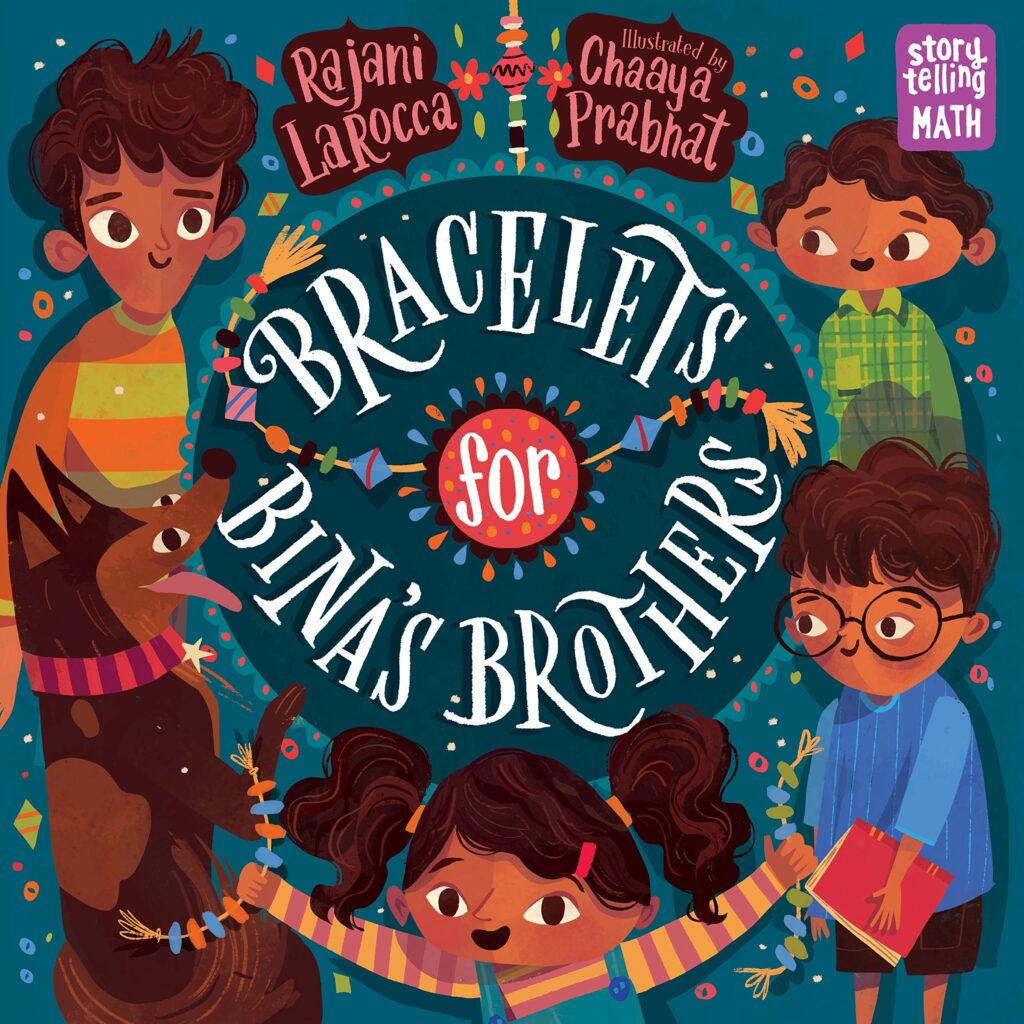
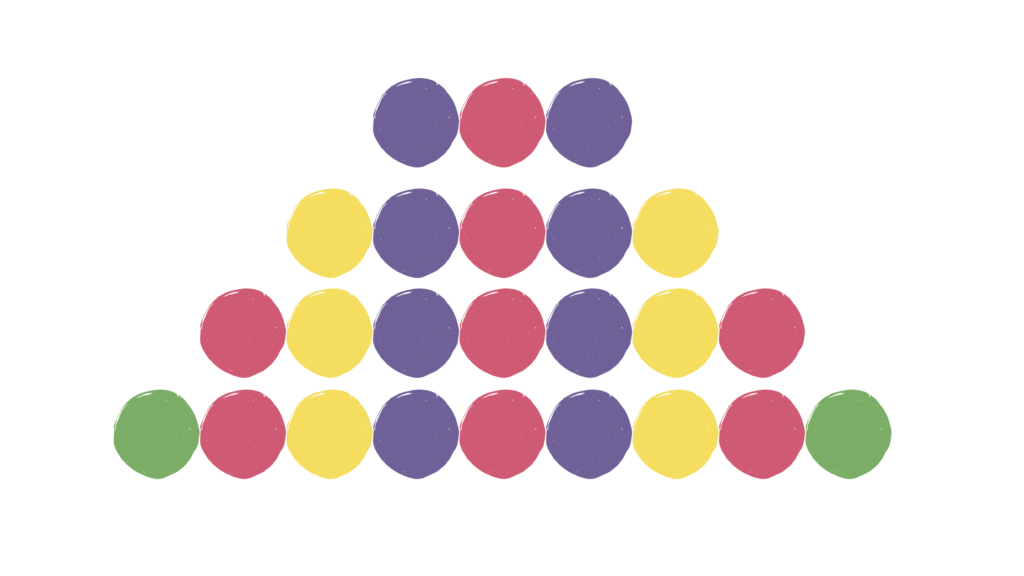
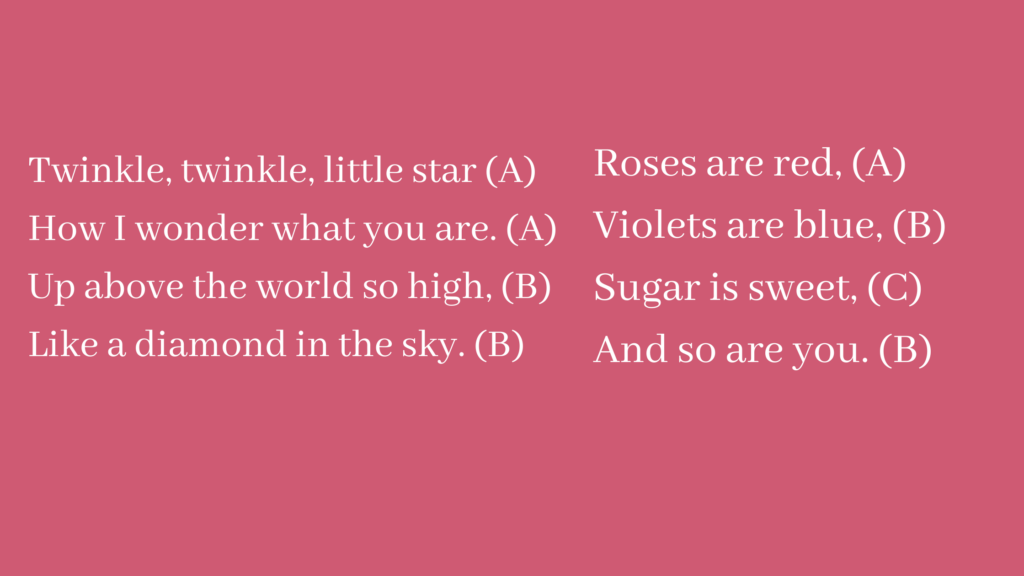

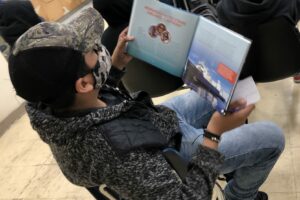

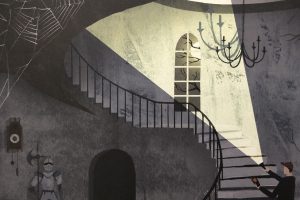


Leave a Reply
Your email is safe with me.